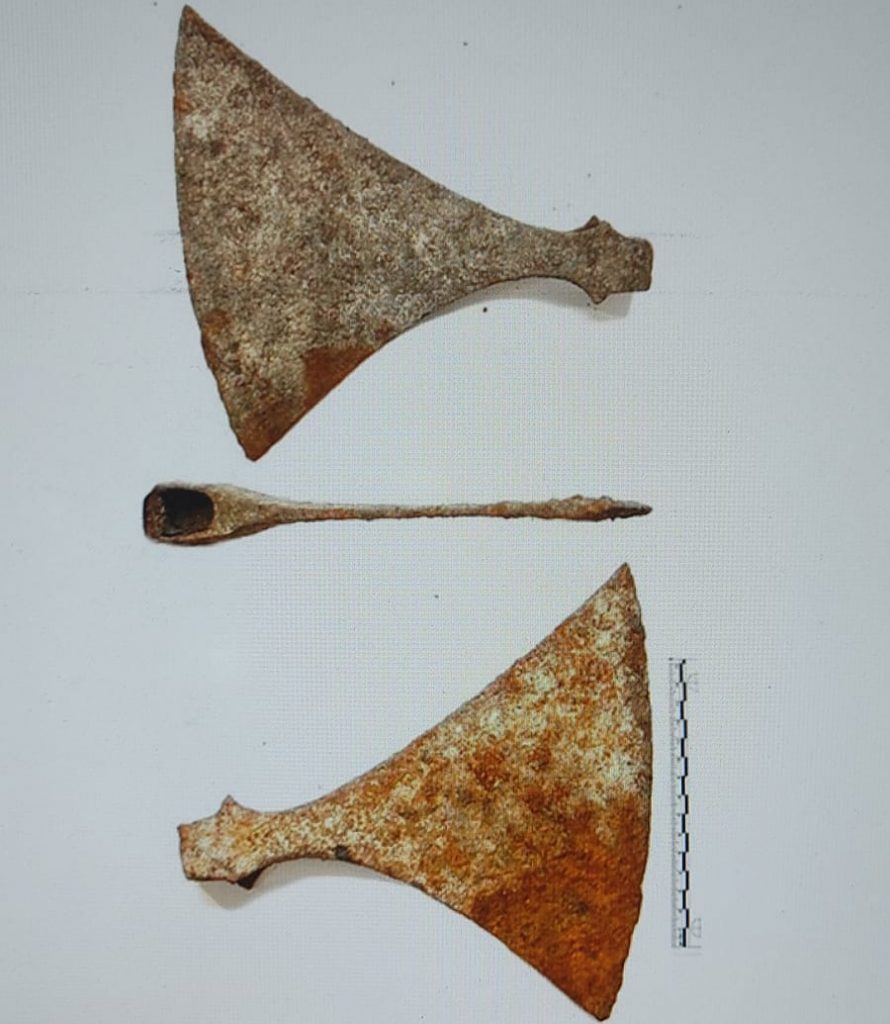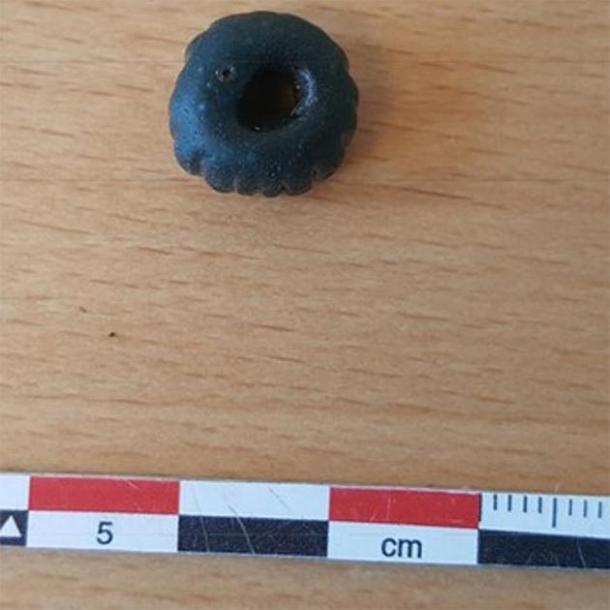Norway couple find Viking grave under floor of their house

Norway couple find Viking grave under floor of their house
A Norwegian couple made an interesting historical discovery during their home renovations. They found a number of artefacts from the Viking Age, and now archaeologists claim that under their floor they found a Viking grave.

Experts are undertaking a site survey and the grave is being hailed as a very significant discovery.
The couple found the artefacts while tearing up some floorboards in their family home in Seivåg near Bodø in Northern Norway. They were laying insulation when they noticed some unusually shaped rocks.
Obviously, they were curious, and then they saw something gleaming around in the light.
They realised it was old, since the house was built in 1914 and the floorboards were not changed since. The house has for more than a century been in the same family.

Viking Burial Under the Boards
Based on the shape of the object “they first believed it was the wheel of a toy car” according to The Local . The couple only later realized that what they had found could be something historic.
After some further digging, the couple found an iron axe head and some other metallic objects, that were all obviously old. ‘It wasn’t until later that we realized what it could be” Mariann Kristiansen, one of the owners of the house, told The Local .
The couple contacted the local authorities and experts from the local Nordland county government came to inspect the finds. Martinus Hauglid told the couple that they had most likely found a grave from the Iron Age in Norway. This was the era when the Vikings ruled in Scandinavia and terrified most of the known world.
The archaeologist told The Local that the couple had found an “ax dated between 950 and 1050 AD”. The bead of glass, which was revealed to be blue dates from the same period.
Viking Cairn
It is believed that the stones found underneath the flooring came from a burial. The stones were likely part of a cairn. In this type of burial, a mound of stones and rocks are erected over the deceased which was a very common burial practice in the Iron Age.
A number of similar cairns were found in the Lendbreen Mountain Pass in Norway when a glacier melted. This was an important trade route in the Middle Ages .

Martinus congratulated the couple on their find and stated that they had done a good job, by reporting things so soon. The archaeologist said that it was the first instance of a Viking grave being found under a private dwelling in his 30 year career.
Archaeologists have begun an investigation of the grave. Forbes reports that under Norwegian Law any human artifacts or “activity before 1537 are automatically preserved”. The items found by the couple have been transported to a museum for conservation and safekeeping.
End of the Viking Age
Martinus is quoted by Forbes as stating that the finds under the floorboards date back to a time “when Norway transitioned to Christianity to become one kingdom”. This was the time when kings like Olaf Tryggvason , attempted to dominate the many chiefdoms and create a centralized state.

Some of these monarchs sought to impose Christianity on the pagan Norse as part of their efforts at state-building and this led to many civil wars.
The grave could help researchers to better understand this crucial period in Norwegian history which saw the demise of the Viking Age.

It appears that the original builders of the house, over a century ago, were not aware that they were building a private residence on a grave. It is quite possible that they unearthed items and simply discarded them.
This raises the possibility that some Viking-era grave goods were lost or destroyed during the construction of the family home.